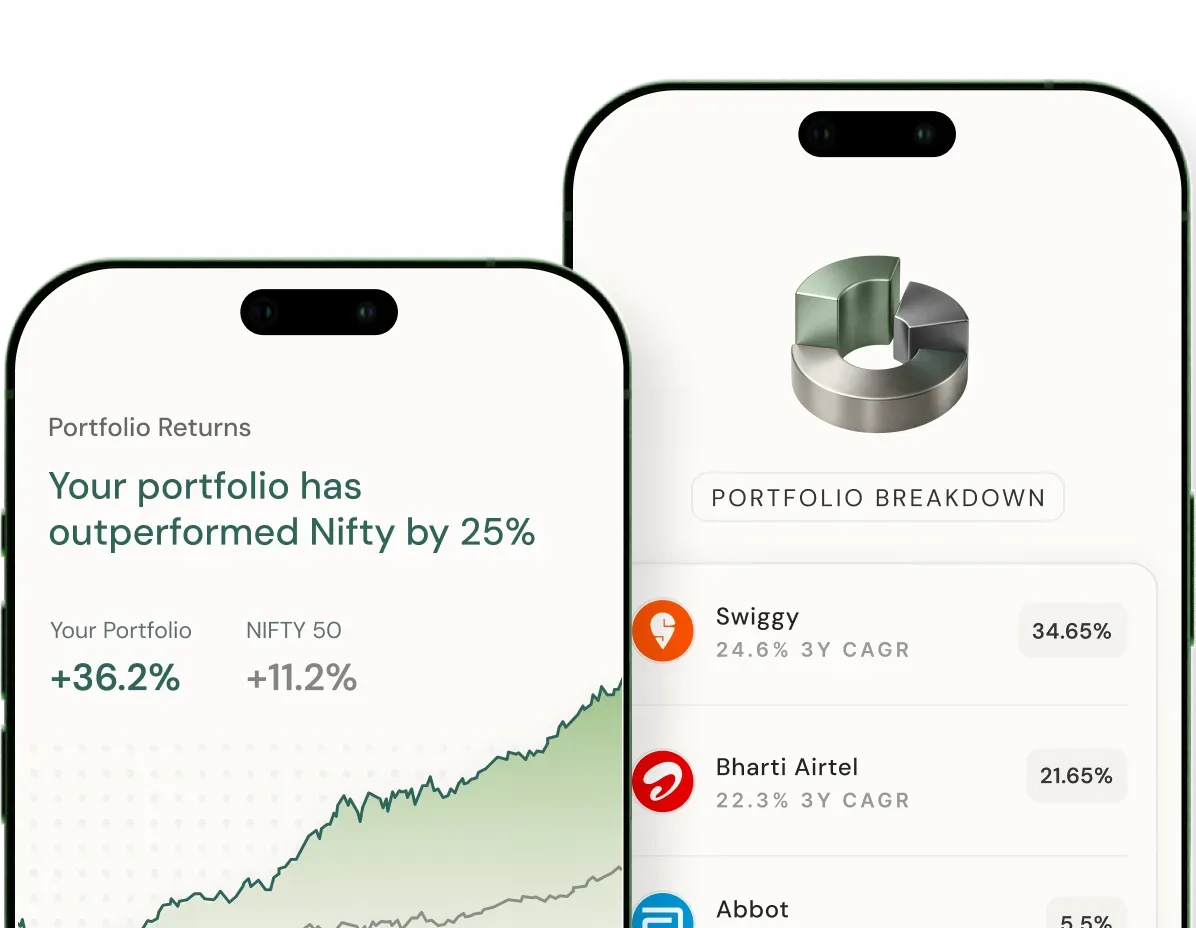Table of Contents
View All ![]()

View All ![]()
Which Securities Do Dynamic Bond Funds Invest In?
How Do Dynamic Funds Work?
Who Should Invest in Dynamic Funds?
Benefits of Investing in Dynamic Funds
Taxation of Dynamic Funds
Things to Consider Before Investing in Dynamic Funds
Conclusion
Dynamic funds are a type of mutual fund that adjusts its portfolio based on changing market conditions. These funds actively shift investments between equity, debt, and other securities to maximise returns and manage risk. Unlike traditional funds with a fixed allocation, dynamic funds adapt to market trends, making them a flexible choice for investors seeking growth and stability. This blog will explain what dynamic funds are, how they work, the securities they invest in, who they suit best, and their benefits.
Dynamic bond funds primarily invest in various types of debt securities. These funds aim to manage risk and maximise returns by adjusting their investments based on changes in interest rates and market conditions. Here’s a closer look at the types of securities they usually include:

Dynamic funds work by actively changing their investments to match the current market situation. These funds don’t stick to a fixed allocation like other mutual funds. Instead, they adapt based on opportunities in equity, debt, or other assets.
Fund managers carefully monitor market trends, interest rates, and economic conditions. When they notice a positive trend in the stock market, they increase the fund’s exposure to equities to earn higher returns. On the other hand, if the market looks unstable, they shift more towards debt instruments to ensure stability.
For example, during a period of falling interest rates, the fund might focus on long-term bonds that can benefit from this trend. When interest rates are expected to rise, the strategy might include short-term bonds to reduce risks.
The fund manager’s goal is to optimise returns while keeping the risks manageable. They use their expertise to analyse where the best opportunities lie at any given time.
Dynamic funds aim to provide steady growth by balancing risk and reward. This flexibility makes them different from funds that have fixed investment rules. It’s an approach that allows the fund to perform well across different market cycles, offering a smart solution for investors with varied goals.
Dynamic funds are ideal for investors who seek a flexible, actively managed portfolio that adapts to changing market conditions while balancing risk and reward. These funds can be suitable for a variety of investor profiles.
1. Investors Seeking a Balance Between Risk and Reward
Dynamic funds are perfect for those looking to manage both risk and returns without making frequent adjustments to their portfolio. These funds automatically adjust their asset allocation based on market conditions, providing a balance between growth and stability.
2. Medium-to-Long-Term Investors
These funds are best suited for individuals with an investment horizon of 3 to 5 years or more. If you’re able to weather short-term market fluctuations and seek growth over a medium-to-long-term period, dynamic funds can be a great fit.
3. Those Looking for Diversification
Investors who want exposure to a mix of equity and debt will benefit from dynamic funds. The diverse nature of these funds provides both growth potential through equities and stability through debt, helping you build a well-rounded portfolio.
4. People with Limited Time or Knowledge
Dynamic funds are a good option for individuals who lack the time or expertise to track market changes regularly. These funds automatically adjust to market conditions, meaning you don’t have to actively manage or monitor your investments.
5. Investors Preferring Hands-Off Management
If you prefer professional management of your portfolio without the need for active monitoring, dynamic funds offer a hands-off solution. Expert fund managers handle the adjustments, ensuring your investments are in line with market trends.
Also Read: How to Choose the Best Index Fund: Factors to Consider
Dynamic Funds offer a flexible approach to investment, adjusting their asset allocation based on market conditions.
| Benefit | Explanation |
| Flexibility | Adjusts investments between equity and debt based on market conditions. |
| Risk Management | Balances risk by shifting to safer assets during market instability. |
| Professional Management | Managed by experts who analyse markets and make strategic decisions. |
| Diversification | Invests in a mix of asset classes like stocks, bonds, and other instruments. |
| Steady Returns | Focuses on maintaining a balance between growth and income. |
The taxation of dynamic funds depends on the type of investment held and how long it is kept. Here’s how it works:
1. Short-Term Capital Gains (STCG)
2. Long-Term Capital Gains (LTCG)
3. Dividend Tax
Before investing in dynamic funds, it’s important to think about a few key factors:
Dynamic funds are a versatile option for investors seeking a balance between growth and safety. By adapting to market trends, these funds offer a unique mix of flexibility and risk management. Whether you’re a moderate risk-taker or a long-term investor, dynamic funds can fit into your portfolio. However, always consider your financial goals, risk tolerance, and consult a financial advisor if needed. With proper planning, dynamic funds can help you achieve your financial dreams.

A seasoned investment professional with over 17 years of experience in AIF and PMS operations, investments, and research analysis. Abhishek holds an Executive MBA from the Faculty of Management Studies, University of Delhi, and has deep expertise in securities analysis, portfolio management, financial analytics, reporting and derivatives.
Disclaimer: This information is for general information purposes only. Investments in the securities market are subject to market risks, read all the related documents carefully before investing.
Impress your coworkers with your finance insights


20 MinsMutual Funds
A Beginner's Guide to Mutual Funds in 2024

8 MinsSIPs
How SIPs Help You Beat the Market with Rupee Cost Averaging

11 MinsSIPs
SIP vs. Lumpsum Mutual Fund Returns: Which is Better?
Scan this QR to download the App

